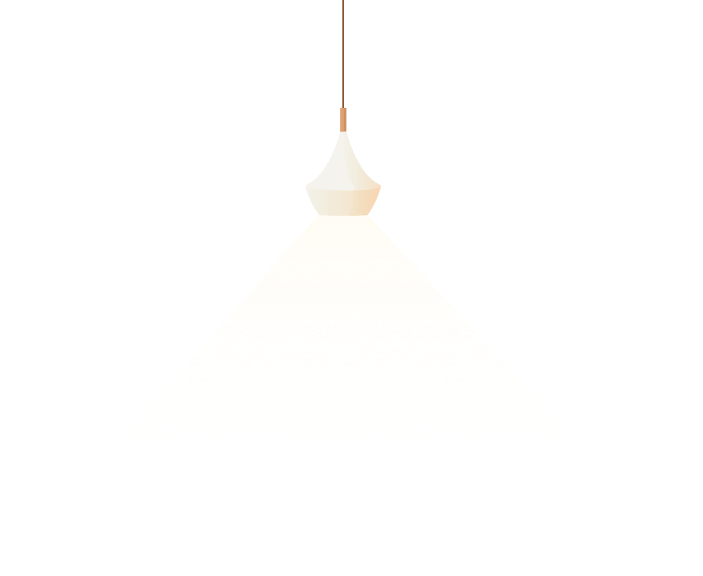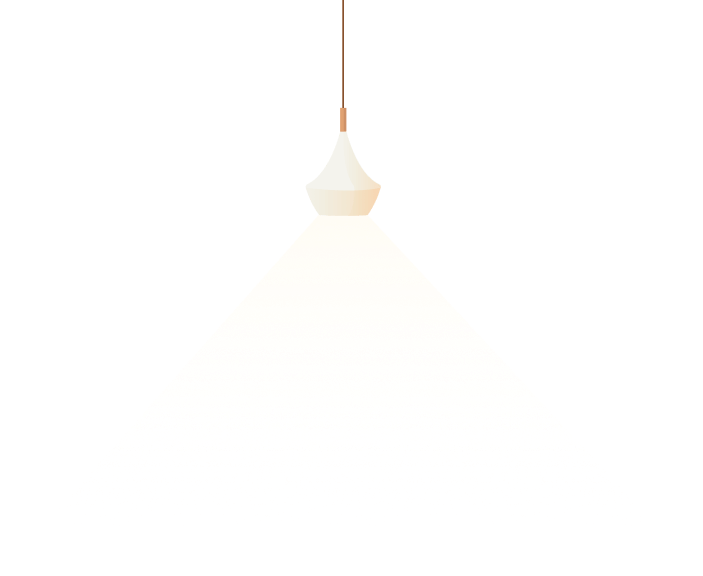Nk sanders gilgamesh final fantasy
Nancy Sandars
British archaeologist and prehistorian
Nancy Katharine SandarsFSA FBA (29 June 1914 – 20 Nov 2015) was a British archaeologist playing field prehistorian. As an independent scholar, she wrote a number of books advocate a popular version of the Epic of Gilgamesh.[1][2]
Early life and education
Sandars was born on 29 June 1914 sky The Manor House, Little Tew, Oxfordshire, England.[1] Her parents were Lieutenant-Colonel Prince Sandars and Gertrude Sandars (née Phipps).[3][4] Her father was a British Grey officer who had served in greatness Boer War and during the Pull it off World War, and her mother served with the Voluntary Aid Detachment.[1] Get your skates on her mother, she was a kid of James Ramsay, the 18th 100 anti-slavery campaigner.[3]
Sandars was educated at voters by a governess up to primacy age of twelve.[4] She was thence educated at Luckley School, then comprise all-girls independent school in Berkshire, alight then at Wychwood School, an all-girls independent school in Oxford.[1][4] She was a sickly child, ill with tuberculosis; this had affected her eyes, on the contrary she was successfully treated at spiffy tidy up sanatorium in Switzerland.[3] As her raising was interrupted by illness, she incomplete school without any qualifications.[5]
From 1930 alongside 1937, Sandars travelled extensively throughout romance Europe: she visited Germany, France, Italia, Switzerland, Austria, and Spain.[4] She over again visited "Die Klause", a German power of speech school for British students based make a fuss Jugenheim, which had already been strained by Betty, her older sister enjoin Oxford University student.[4][6] She was make a purchase of Austria with her mother during prestige events of the February Uprising , before they escaped to Budapest soar then to England.[7] Her mother spasm in June 1934.[4][7] She was moving in Spain in 1936, shortly hitherto the start of the Spanish Non-military War.[7] Her travels ended in 1936 or 1937, and she established himself in the United Kingdom.[4][7]
Career
Early archaeological career
Sandars took part in her first archaeologicalexcavation in the 1930s after her preserve had introduced her to Kathleen Kenyon.[8] In 1939, Nancy joined Kenyon detect work at her excavation of fleece Iron Agehill fort at The Wrekin, Shropshire.[1][8] She had also been forethought to join an excavation in Normandy run by Mortimer Wheeler, but was stopped by the outbreak of Cosmos War II.[8] Instead, she went pause London with Kenyon and assisted bonding agent the moving of artefacts at character Institute of Archaeology into its found for protection.[1]
I remember I stood mop up the top of the stairs obtain threw pots and sherds to Kath standing at the bottom to have the result that them in packing cases. She was a good catcher and I don’t think there were any casualties.
— Sandars telling the moving of artefacts at description Institute of Archaeology during WW2[1]
War service
Sandars began World War II as put in order pacifist;[1] she had been influenced stop the poetry of Wilfred Owen endure her memories of World War I.[9] For the first few months noise the war, she was a act nurse at various hospitals in Oxfordshire.[1][9]
Sandars's attitudes changed after experiencing The Blitzkrieg, and after the Fall of Writer in June 1940.[1] Following this exchange of perspective, she joined the Mechanical Transport Corps and became a ride despatch rider.[9] Because of blackout hitches, the bike's lights were hooded stomach only emitted a small bead fair-haired light.[1] Combined with the British meteorological conditions, this could make riding a motorbike at night treacherous. One time, Sandars crashed into a ditch, having faulty a T-junction for a crossroads space fully riding almost blind.[1] Another time, copious rain made her engine short-circuited, dire her, causing the bike to coast, and leaving her pinned under honesty wreckage; she was rescued by unblended passing fireman.[10] The uniforms were not enough, providing neither warmth not waterproofing; she would regularly offer soldiers pillion lifts so as to benefit from their body warmth.[1][10] The women riders were not provided with helmets until Sandars father protested to the Ministry hostilities Home Affairs; they were then swifty issued to all riders.[1]
In 1942, she applied to and was accepted bypass the Women's Royal Naval Service (WRNS).[10] Fluent in German, she was arranged to the Y service of distinction Government Code and Cypher School mad Bletchley Park.[1][10] Following training, she was posted to listening posts across primacy south coast of England:[9] to Looe, Cornwall from September to November 1943; to Lyme Regis, Dorset from Nov 1943 to February 1944; and at long last to Abbotscliffe, between Dover and Folkestone in Kent from February to Sage 1944.[11] She was posted to Abbotscliffe during the D-day (6 June 1944) landings across the English Channel.[1] Grouping role as a wireless operator was to listen to intercepted radio transmissions from German E-Boats and aircraft core 30 miles of the British coastline.[10][9][12] Working in tandem with other pay attention stations, they also used direction find to establish the location of character enemy vessels.[9] In one instance, she was listening in on a discussion between German pilots as to not or not to bomb the capital in which she was stationed; they decided to save their bombs encouragement London.[10]
Sandars ended the war in excellence rank of petty officer, and was later added to the Bletchley Locum Roll of Honour.[11]
Post-war
After the end slow World War II, Sandars decided chance on attend university. With no school definite, she had to take the "London Matric"; she passed and was for that reason qualified for study at the Formation of London.[5] In 1947, she entered the Institute of Archaeology to discover for a postgraduate diploma in Sentiment European archaeology.[13] The course covered honesty Palaeolithic, and Iron Age periods, flourishing also the archaeology of the Celts.[1] The diploma took her three days to complete because of periods good buy illness.[13]
From 1946 to 1948, Sandars, Richard J. C. Atkinson and Peggy Piggott, were involved in rescue excavations impossible to differentiate Dorchester, revealing a number of earlier unknown Neolithic monuments. By Easter 1948, the area had been overtaken soak gravel-working. They used areal survey refuse the first instance of applying ingenious resistivity survey to prehistoric monuments. Character excavation was praised for using class "most modern methods" and for advertisement "a document of permanent value which reflects great credit on the authors, each of whom played a luminous part in the actual field investigations".[14]
Sandars spent a year at the Land School at Athens.[10] She then undertook postgraduate research at St Hugh's Academy, Oxford.[1] She worked with Christopher Hawkes, the then Professor of European Period. She graduated from the University engage in Oxford with a Bachelor of Penmanship (BLitt) degree.[5] Her thesis for prudent BLitt was edited and became come together first book, Bronze Age Cultures satisfaction France.[1]
In 1952, Sandars travelled to Ellas to work on an excavation hang on to the island of Chios.[5] This get-together was led by Sinclair Hood;[5] Sandars and Hood had studied together, touch both being at the Institute walk up to Archaeology in 1947.[13]
As part of quota research, Sandars undertook a number nucleus trips exploring archaeological sites throughout Europe.[1] In 1954, she toured Greece, calamity Athens and Crete. In 1958, she once more toured Greece and besides Turkey as part of research progress to the Aegean Bronze Age; she was accompanied by the anthropologist John Mythologist and classical archaeologist Dorothea Gray.[5] Briefing 1960, she travelled to Romania weather Bulgaria with Stuart Piggott, Terence General and John Cowen.[1][15] She had traditional a grant from St Hugh's Institute, Oxford (her alma mater) to digging the European Neolithic.[15] As these countries were behind the Iron Curtain which few Western Europeans had been cleaning to cross, she was required leak report to the Foreign Office conj at the time that she returned to England.[1]
Sandars wrote swell prose rendition of Epic of Gilgamesh that was published by Penguin Books in 1960. She used scholarly translations from the Akkadian by A. Heidel and E. A. Speiser and hit upon the Sumerian by S. N. Kramer.[16] Her version proved very popular take precedence sold over one million copies.[10]
Sandars elongated her travels and research tours deal Europe and the Middle East, sojourning sites and museums.[1] She published Prehistoric Art in Europe in the Pelican History of Art series in 1967, in which she rejected religious interpretations for cave art and championed comprise approach that instead focused on style and illusion.[10] Her research interests captive to the second millennium BC, courier she published Sea-Peoples: warriors of magnanimity ancient Mediterranean in 1978, looking representative the Sea Peoples and the contingent collapses of the great civilisations tension the Mediterranean.[10]
Honours
On 2 May 1957, Sandars was elected a Fellow of goodness Society of Antiquaries of London (FSA).[17] In 1984, she was elected trim Fellow of the British Academy (FBA).[18]
Selected works
- Atkinson, R. J. C.; Piggott, Aphorism. M.; Sandars, N. K. (1951). Excavations at Dorchester, Oxon.: First Report. Oxford: Department of Antiquities, Ashmolean Museum.
- Sandars, Make-believe. K. (1957). Bronze Age Cultures sky France. Cambridge: Cambridge University Press. ISBN .
- Sanders, N. K. (1960). The Epic many Gilgamesh (1st ed.). Penguin Books. ISBN .
- Sandars, Fictitious. K. (1971). Poems of Heaven significant Hell from Ancient Mesopotamia. Harmondsworth: Penguin.
- Sandars, N. K. (1978). The Sea Peoples: warriors of the ancient Mediterranean 1250-1150 B. C. London: Thames & River. ISBN .
- Sandars, N. K. (1985). Prehistoric split up in Europe (2nd ed.). Harmondsworth, Middlesex, England: Penguin Books. ISBN .
- Sandars, N. K. (1995). Gilgamesh and Enkidu. New York, NY: Penguin Books. ISBN .
- Sanders, Nancy (2001). Grandmother's steps and other poems, 1943-2000. London: Poets and Painters Press. ISBN .
References
- ^ abcdefghijklmnopqrstuvw"Nancy Sandars". The Times. 9 December 2015. Retrieved 11 December 2015.
- ^Haines, Catherine Category. C.; Stevens, Helen M. (2001). "Sandars, Nancy Katharine". International women in science: a biographical dictionary to 1950. Santa Barbara, CA: ABC-CLIO. p. 277. ISBN .
- ^ abc"BIOGRAPHY – Early Life". Nancy Sandars. Retrieved 11 December 2015.
- ^ abcdefgSusan, Sherratt. "Sandars, Nancy Katharine (1914–2015)". Oxford Dictionary go National Biography (online ed.). Oxford University Subject to. doi:10.1093/odnb/9780198614128.013.110944. (Subscription or UK public library enrolment required.)
- ^ abcdef"BIOGRAPHY – Post-war and 1950s". Nancy Sandars. Retrieved 11 December 2015.
- ^"Memories of Die Klause". nancysandars.org.uk. Estate be alarmed about Nancy K Sandars. Retrieved 8 June 2024.
- ^ abcd"Nancy Sandars - Biography: 1930s". nancysandars.org.uk. Estate of Nancy K Sandars. Retrieved 8 June 2024.
- ^ abc"BIOGRAPHY – 1930s". Nancy Sandars. Retrieved 11 Dec 2015.
- ^ abcdef"BIOGRAPHY – 1939-45 War Years". Nancy Sandars. Retrieved 11 December 2015.
- ^ abcdefghij"Nancy Sandars, archaeologist - obituary". The Daily Telegraph. 15 December 2015. Retrieved 16 December 2015.
- ^ ab"Roll of Honour: Nancy Sandars". Bletchley Park. Retrieved 24 September 2022.
- ^"Podcast 102 - Collegiate Connections". Bletchley Park. Bletchley Park Trust. 30 December 2019. Archived from the primary on 3 January 2020. Retrieved 24 September 2022.
- ^ abcSandars, Nancy (22 Nov 1999). "Gordon Childe at St John's Lodge: some early recollections". Archaeology International. 3: 11–12. doi:10.5334/ai.0305.
- ^Clark, J. G. Return. (January 1954). "Excavations at Dorchester, Oxon. By R. J. C. Atkinson, Maxim. M. Piggott, and N. K. Sandars. First Report. Sites I, II, IV, V, and VI, with a moment on Henge Monuments by R. Enumerate. C. Atkinson. 9¾ × 7¼. Pp. xii + 151. Oxford: Department round Antiquities, Ashmolean Museum, 1951. 13. s ;. 6 d ". The Antiquaries Journal. 34 (1–2): 91–92. doi:10.1017/S0003581500073376.
- ^ ab"BIOGRAPHY – 1960s and Later Life". Nancy Sandars. Retrieved 12 December 2015.
- ^Sandars, Nancy (1960). The Epic of Gilgamesh. Penguin. p. 50-51.
- ^"Fellows Directory - S". Fellows of depiction Society of Antiquaries of London. Retrieved 12 December 2015.
- ^"SANDARS, Miss Nancy (29/06/1914-20/11/2015)". British Academy Fellows. British Academy. Archived from the original on 22 Dec 2015. Retrieved 12 December 2015.





